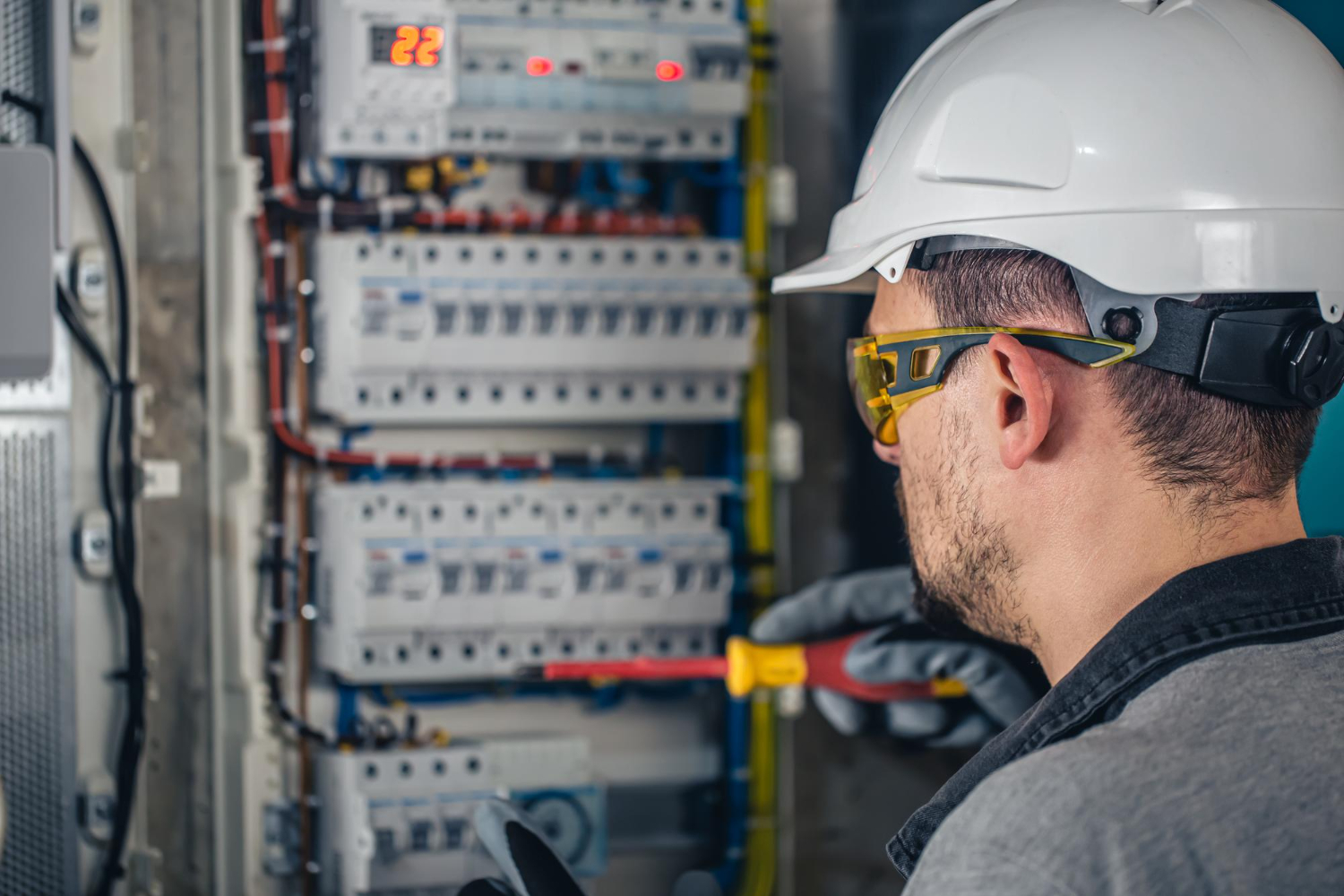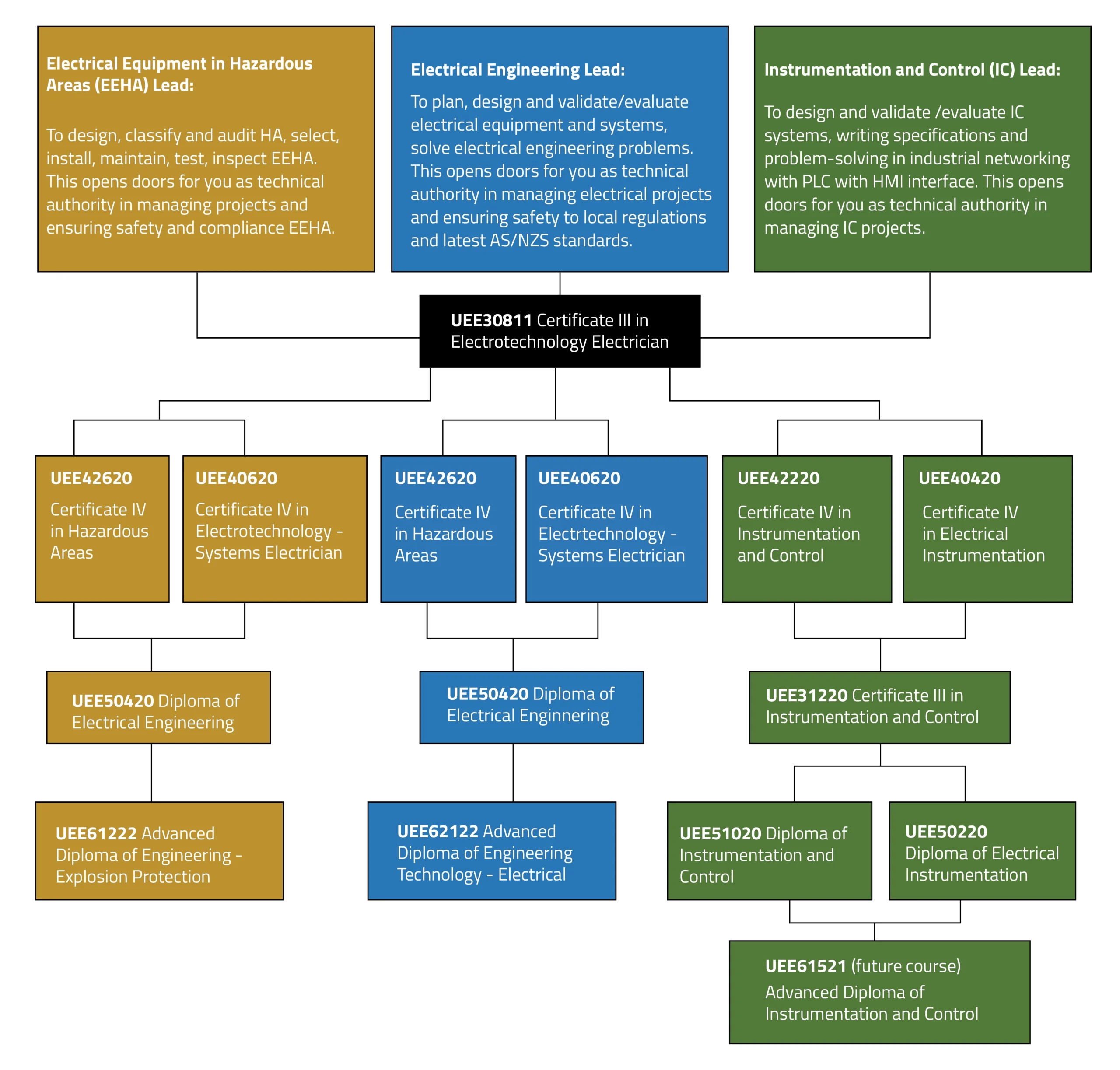Roar Solutions Things To Know Before You Buy
Table of ContentsThe Greatest Guide To Roar SolutionsThe Best Guide To Roar SolutionsRumored Buzz on Roar Solutions
In such an ambience a fire or explosion is feasible when three standard problems are fulfilled. This is commonly described as the "dangerous location" or "burning" triangle. In order to shield installations from a prospective surge an approach of evaluating and identifying a possibly unsafe location is required. The function of this is to ensure the correct selection and installment of devices to ultimately prevent an explosion and to make certain safety of life.

No devices ought to be mounted where the surface area temperature level of the tools is more than the ignition temperature level of the provided hazard. Below are some usual dust dangerous and their minimal ignition temperature. Coal Dust 380C 225C Polythene 420C (melts) Methyl Cellulose 420C 320C Starch 460C 435C Flour 490C 340C Sugar 490C 460C Grain Dirt 510C 300C Phenolic Resin 530C > 450C Aluminium 590C > 450C PVC 700C > 450C Soot 810C 570C The probability of the risk being present in a focus high adequate to create an ignition will vary from area to location.
Hazardous area electric devices possibly designed for use in higher ambient temperatures. Field Repair Work By Authorised Worker: Complicated testing may not be needed however details treatments might need to be adhered to in order for the devices to maintain its third party ranking. Each item of devices with an unsafe ranking must be examined separately.
The Main Principles Of Roar Solutions
The devices register is a comprehensive data source of equipment documents that consists of a minimum collection of fields to determine each product's place, technological criteria, Ex lover category, age, and environmental data. This details is essential for tracking and taking care of the equipment efficiently within unsafe locations. On the other hand, for regular or RBI tasting assessments, the quality will be a combination of Comprehensive and Close evaluations. The ratio of Thorough to Close examinations will be identified by the Tools Risk, which is examined based on ignition risk (the likelihood of a source of ignition versus the probability of a combustible ambience )and the hazardous area classification
( Zone 0, 1, or 2). This variant will likewise affect the resourcing demands for job preparation. As soon as Great deals are specified, you can create tasting strategies based on the example size of each Whole lot, which refers to the variety of arbitrary equipment items to be checked. To determine the needed sample size, two facets require to be examined: the dimension of the Whole lot and the category of examination, which indicates the degree of effort that should be applied( reduced, typical, or raised )to the assessment of the Great deal. By incorporating the category of examination with the Whole lot size, you can after that establish the appropriate denial standards for an example, implying the permitted number of faulty things found within that example. For more information on this process, please describe the Power Institute Standards. The IEC 60079 standard recommends that the optimum period in between evaluations must not go beyond three years. EEHA evaluations will likewise be performed beyond RBI campaigns as part of set up maintenance and equipment overhauls or repair work. These inspections can be attributed towards the RBI example sizes within the affected Whole lots. EEHA inspections are performed to determine mistakes in electric equipment. A heavy scoring system is vital, as a solitary piece of equipment might have multiple faults, each with differing degrees of ignition risk. If the mixed score of both assessments is less than two times the mistake score, the Great deal is regarded acceptable. If the Lot is still considered undesirable, it must go through a complete examination or reason, which might trigger more stringent evaluation protocols. Accepted Whole lot: The root causes of any mistakes are recognized. If a common failing setting is discovered, added equipment might require maintenance. Mistakes are categorized by extent( Safety and security, Integrity, Housekeeping ), ensuring that urgent problems are examined and attended to promptly to mitigate any type of effect on safety and security or operations. The EEHA data source need to track and videotape the lifecycle of mistakes along with the corrective actions taken. Implementing a robust Risk-Based Assessment( RBI )method is crucial for making certain compliance and safety in managing Electric Devices in Hazardous Areas( EEHA) (eeha courses). Automated Fault Scoring and Lifecycle Monitoring: Easily handle mistakes and track their lifecycle to improve examination accuracy. The introduction home of this support for risk-based examination even more reinforces Inspectivity's placement as a best-in-class remedy for governing conformity, in addition to for any kind of asset-centric assessment use case. If you want discovering more, we invite you to request a presentation and uncover how our option can change your EEHA monitoring procedures.
Unknown Facts About Roar Solutions

In regards to eruptive danger, a hazardous location is an atmosphere in which an explosive environment is existing (or may be anticipated to be present) in quantities that require unique preventative measures for the construction, installation and use of devices. Roar Solutions. In this post we discover the challenges dealt with in the office, the threat control steps, and the called for competencies to work safely
It is a repercussion of contemporary life that we produce, save or take care of a variety of gases or liquids that are considered flammable, and a range of dirts that are regarded flammable. These compounds can, in specific problems, form explosive atmospheres and these can have significant and tragic effects. The majority of us recognize with the fire triangle get rid of any among the three aspects and the fire can not happen, but what does this mean in the context of harmful locations? When damaging this down into its simplest terms it is essentially: a mix of a particular quantity of launch or leak of a certain substance or material, mixing with ambient oxygen, and the visibility of a resource of ignition.
In most circumstances, we can do little concerning the levels of oxygen airborne, yet we can have substantial influence on sources of ignition, for example electrical devices. Unsafe areas are documented on the harmful area classification drawing and are recognized on-site by the triangular "EX" indication. Here, among various other essential details, areas are split into three kinds relying on the threat, the chance and duration that an eruptive environment will certainly exist; Area 0 or 20 is considered one of the most dangerous and Area 2 or 22 is regarded the least.
Comments on “Top Guidelines Of Roar Solutions”